Other
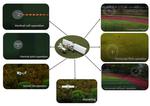
“Professor Dongsoo Har and his team in Cho Chun Shik Graduate School of Green Transportation in Korea Advanced Institute of Science and Technology (KAIST) lately developed an aerial vehicle that is able to control the main wings separately and independently …
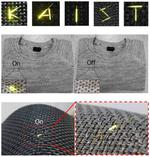
“Professor Kyung Cheol Choi from the School of Electrical Engineering and his team succeeded in fabricating highly efficient Organic Light-Emitting Diodes (OLEDs) on an ultra-thin fiber. The team expects the technology, which produces high-efficiency, long-lasting OLEDs, can be widely utilized …

“A KAIST research team observed a new quantum mechanical magnetic state ‘Jeff = 3/2.’ This first observation of ‘Jeff=3/2’ could be the foundation for future research on superconductivity and quantum magnetism. In quantum mechanics, total angular momentum is …

“A KAIST team reported ultra-flexible organic flash memory that is bendable down to a radius of 300 μm. The memory exhibits a significantly-long projected retention rate with a programming voltage on par with the present industrial standards. A joint research …
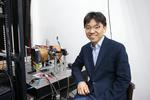
“A joint research team led by Professor Kab-Jin Kim of the Department of Physics, KAIST and Professor Kyung-Jin Lee at Korea University developed technology to dramatically enhance the speed of next generation domain wall-based magnetic memory. This research was published …
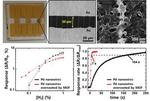
“A KAIST team made an ultra-fast hydrogen sensor that can detect hydrogen gas levels under 1% in less than seven seconds. The sensor also can detect hundreds of parts per million levels of hydrogen gas within 60 seconds at room …

“Decision-making is one of the fundamental cognitive processes of human beings, which involves making rational, heuristic, or intuitive choices in activities of daily living. UNIST has recently announced that it has been selected as a supervisory institution to embark on …

“Artificial intelligence (AI) is one of the key emerging technologies. Global IT companies are competitively launching the newest technologies and competition is heating up more than ever. However, most AI technologies focus on software and their operating speeds are low …

“A KAIST research team presented a hybrid animal-robot interaction called “the parasitic robot system,” that imitates the nature relationship between parasites and host. The research team led by Professor Phil-Seung Lee of the Department of Mechanical Engineering took an animal …
News Prof. Jung Kim and Prof. Inkyu Park developed a tactile sensor that can act as a skin for a robot
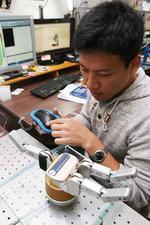
“A joint research team of Prof. Jung Kim and Prof. Inkyu Park of ME department, KAIST has developed a tactile sensor that can act as a skin for a robot using silicon and carbon materials. This technology is able to …

“With the addition of holographic diffusers or frosted glasses to wavefront modulators, KAIST researchers offer a simple and practical solution to significantly enhance the performance of 3D dynamic holographic displays by 2,600 times. The potential applications of three-dimensional (3D …
